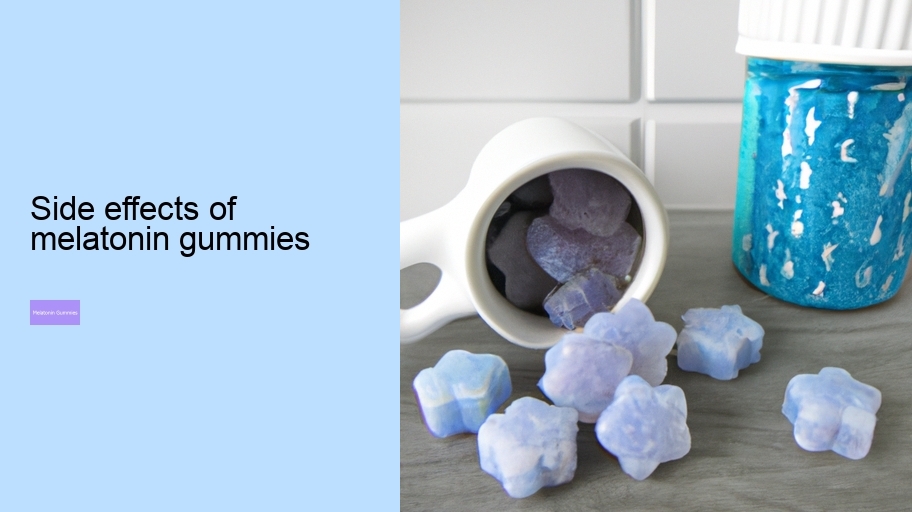Side effects of melatonin gummies - time
- time
- product
- natrol
- hormone
- hormone
Side effects of melatonin gummies - hormone
- time
- product
- natrol
- hormone
Side effects of melatonin gummies - hormone
- time
- product
- natrol
- hormone
- time
- natrol
- product
- hormone
- hormone
